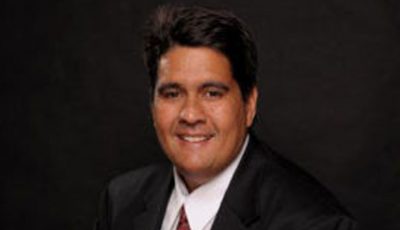Self-immolate
They were monks during the Vietnam War who protested the continuing presence of American forces and the tragic conduct of an unpopular war of attrition. Their method was self-immolation in busy thoroughfares for maximum publicity. With their bodies, they called attention to a situation that demanded a radical response.
Charles Moore in some quarters was dubbed a madman. A 79-year-old retired United Methodist minister colleague who I knew briefly in the late ’70s (his teenage son was once given to our family’s care in Saskatoon while parents conducted training in India), he doused himself in gasoline and lit his being up in flames in Grand Saline, Texas. Those unfamiliar with the profundity of the Buddhist act of self-immolation were quick to condemn Charles as a kook.
Emile Durkheim categorized suicides into four types: egoistic, altruistic, anomic (moral confusion), and fatalistic. Self-immolation involves and covers all counts, in his estimation. It is an act of despair and defiance, a symbol at once of resignation and heroic self-sacrifice. Self-sacrifice is big in Christendom with the image of the crucified Christ, so folks like quiet-but-dour Charles, consumed with a burning cause, took on the ultimate self-sacrifice.
Today marks the end of my 69th year in the Gregorian calendar and the first day of my 70th year in the lunar one of the Far East. No, I am not anywhere close to self-immolating. I am mesmerized by the metaphor of having one’s being in flames.
The poetry of light and the metaphor of heat are as old as humanity itself. Light particularly is often compared to clarity, as the waters of the Aegean Sea was once seen as crystal clear, and one of Europe’s eras from where we derived some of our mental behavior are those of the Renaissance and the Enlightenment. The picture of transcendence looking down from Olympus informs this view of “seeing the light.”
Heat is a bit more immanent. It is all-consuming, the image of the self and the fire as one, completely embraced. This is more than the unity of the Om, or the harmony and balance of the yin-yang in the pugua. It is the flaming avatar stealing fire for humanity. This theme recurs in many world mythologies, e.g., Matarisvan in the Rig Veda, and Prometheus in Greece enabling progress of civilization while Azazel in the Jewish Book of Enoch taught humanity to use tools and fire. Maui of the Polynesians stole fire from the Mudhens, the alae birds. The spider for the Cherokee, the coyote for the Pacific Northwest, the crow from the volcano in the Yukon, the weasel to the Creek, the rabbit to the Algonquin, and the hare to the Ojibwa, all stole and provided humanity with fire.
As I traverse the last 17-16 years of my one-moment-in-time, I adopt the lifestyle of an embodied scorching avatar rather than the sedate and resigned retiree in a quad by the metro stop of Hang Kong Hang Tian Da Xue in Shenyang. My sword shall be words in englisCHe, sharp and vivid as they come.
It has been a long way from the agrarian fields of Cuyapo, Nueva Ecija, where I was born, to the windswept Manchurian plains of my current residence. The many causes that added verse and prose to the interior mythos of my self-story stacks in the database of my memory down to the level of the unconscious. Now, I prune the top of my iceberg as my willful engagement in scrapping wayward postings on walls, washing telephone numbers on steps, picking the trash off the walkways and sidewalks, and keeping the green of summer in community nodes and gardens.
It is the mental self that I immolate. I am not into saving myself for social glory, nor finding ways to work my name into anyone’s marquee. As the term “immolate” implies, it is my life’s goal and daily task to set the “self” aflame, let it burn into ashen nothing with the heat bringing warmth where needed, and light where it is shunned. Intrusive but not coercive, collaborative rather than combative, I side with other selves engaged in their own self-immolations.
For now, the warmth spreads amongst young learners prodded to pay attention to their innate sense faculties, to describe what they see around them, the objects that they touch, the aroma and odor they smell, the sounds and music they hear, and the various cuisine of their heritage that they gulp. They are too young to fall into the morass of abstractions that learning in China imposes. They are, at first blush, what they sense.
Slowly, they are urged to narrate their responses to experiences at home, on the road, at the playground and in school, and start expressing their feelings, of fear and delight, pointing out things they hate and like. Then they segue into the world of abstractions that the Chinese language is good at.
Too young to make their own behavioral choices, they are nevertheless made aware of the little things that make them whine at their parents’ feet for things they wish to do. Or, decide to pick up their lives and walk! All these expressed in englisCHe, with CH characteristics! That’s how I am setting myself on fire.



























